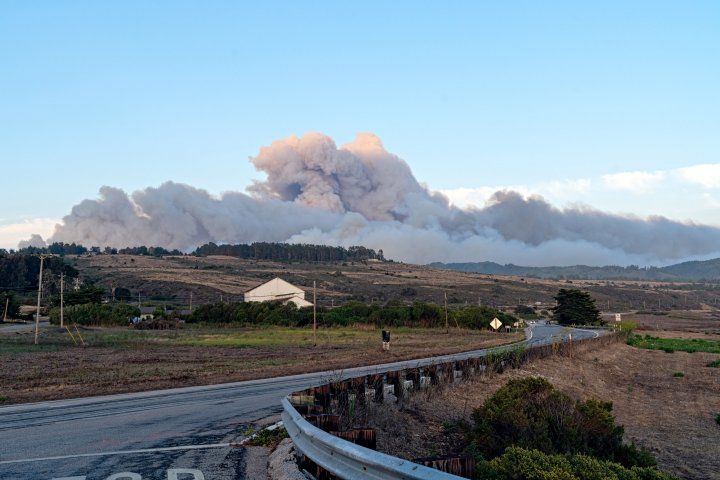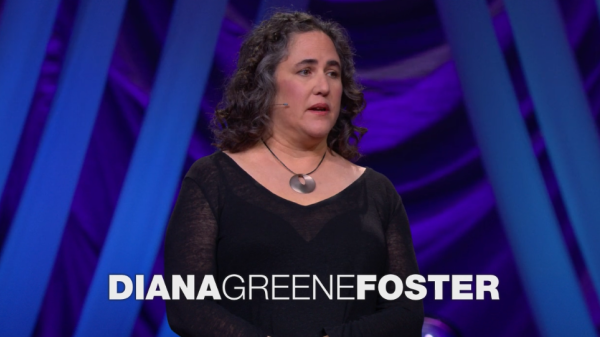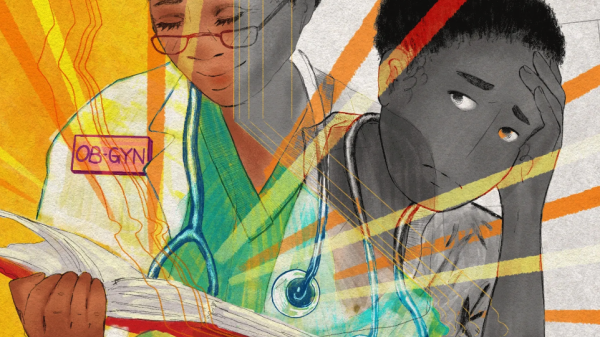By Brandon R. Reynolds

Fires, smoke and other climate-related crises are increasing, leading to psychological stress on top of the immediate physical dangers.
Fires, smoke, and stress. As climate-related crises increase – as exemplified by 2020’s record-setting wildfire season in the western United States and hurricane season on the Gulf Coast – there are numerous psychological risks that accompany the physical dangers.
To provide mental health resources for to deal with the pandemic, UC San Francisco’s Department of Psychiatry has created a new website dedicated to coping strategies. Now, our challenges in California are clearly evolving, and the site has included coping advice for people living in areas that are affected by wildfires, climate change and other natural disasters.
The site includes resources such as preparing psychologically for climate crises; protecting yourself before, during and after a wildfire; and dealing with extreme heat.
We talked with UCSF psychologist Elissa Epel, PhD, about creating the new site, how widespread climate anxiety is a new phenomenon, and what we can do to help the environment and protect our mental health.
Why this site and why now?
We are in a new state of the climate crisis, and we are in general not psychologically prepared for this. Because no one is – it’s too big, and our mind doesn’t cope with big looming threats well. Our natural tendency is to ignore and deny things we cannot control.
COPING RESOURCES
The UCSF Department of Psychiatry has compiled resources to help people prepare for and cope with wildfires and the climate change crisis.
But we need to quickly adapt. We need to think carefully about how we will deal with this, individually and as a community.
With this site, we have offered people some ways to deal with the threats, and the information they need, to cope with the unpredictability and the smoke that we will experience in the next month and every fire season going forward. We have described the ways smoke affects us, the many possible symptoms, and what to watch for. We describe how smoke creates oxidative stress and problems for certain people with vulnerabilities.
How is this information related to UCSF and its mission?
Our mission is to advance health worldwide. That includes mental health. One of the goals of our Department of Psychiatry and Behavioral Science is to serve our communities broadly: UCSF and beyond. This site is one way that UCSF provides science-based information for our larger communities. We have had over 200,000 visitors to our site already. Clinicians use it to point to resources as well, with an extensive list of numbers for services for different mental-health issues.
The UCSF Climate and Mental Health task force is the first in the country, as far as we know, that has focused solely on the mental health consequences of climate change. We offer science-based information beyond what one can find in the media, but with more practical psychological and behavioral tips than one would find on official government or media sites.
How does climate change or wildfire anxiety differ from other types of anxiety?
Anxiety can be helpful. It can make us look at our habitual behavior and change it. Social distancing is the best example of helpful anxiety driving social behavior and social norms. Anxiety about COVID-19 keeps us safe, and socially distanced, while the threat is still there. But panic reactions – when anxiety drives extreme behavior, like hoarding – is never helpful. When we have excessive anxiety that is unreasonable and interferes with our lives, we call that an anxiety disorder.
That is not what we are dealing with when talking about anxiety from COVID, wildfires, or climate change. One-third of our population has developed the clinical symptoms of anxiety, but this does not mean it is a dysfunctional psychiatric disorder. It is a natural response. We are dealing with real threats that drive anxiety and depression to high levels. But for many people, the level of suffering is higher than necessary. These people need to seek support and add additional ways of managing stress.
When we have multiple threats all at one time, it can feel overwhelming. So we need to balance and buffer our exposure to the threats. We can’t sit and watch the news all day; it’s a known formula for creating lasting anxiety reactions to stressful events. It turns out that watching a lot of news coverage of crises is a big threat to our mental health. We are also dealing with political stress and one of the important ways to protect ourselves from that is to limit our news consumption, which we go deep into on our site as well.
On the site, we describe how we can try to shift to a new mindset of expecting uncertainty – and being prepared for it. We can control only what we can. We can focus on creating positive changes out of this opportunity. Things are changing quickly – how can we use this time of transformation to create a better more sustainable world?
How do you treat climate distress?
You don’t treat it. Rather, we feel grief because we care, and we can ‘use’ that distress as fuel for action. So we want to work with climate distress constructively. A big question has become: How can we experience grief while at the same time constructively use our caring to solve these issues? That will help us deal with our climate distress better than ignoring or suppressing it.
We are having a natural reaction to a true and irreversible loss. Hopelessness is another option. It is a natural but maladaptive reaction to the climate crisis.. We need to actively combat feelings of hopelessness and look at the facts –there is a tremendous amount we can do, and each one of us needs to ask how we will address carbon pollution in our life or work. My colleagues and I will soon evaluate a new three-session experiential Zoom intervention that will help people cope with any climate distress and move into climate action. We also offer guidance on how to speak with children about climate distress to prevent hopelessness and engage them in hopeful activities. People can learn more by emailing [email protected] or leaving their email at www.climateresilience.online.
There are changes we can make individually and as a society that will prevent things getting worse. We need to focus on education, advocacy, and the prevention of climate warming. Funneling climate distress and concern into action can change our feelings from that of hopelessness into hopefulness.
UCSF is becoming a hub of action on climate issues, in addition to the task force on mental health. UCSF has plans to form a Climate and Health Center that will focus on climate research to advance equitable climate solutions that promote both human health and a healthy planet. UCSF just launched the Environmental Research and Translation for Health (EaRTH) Center for discovery and prevention of toxic exposures and to improve human health across the lifespan. Lastly, there is a Osher Mini Med School for the Public series that just launched that features excellent talks related to climate and what we can do personally.




